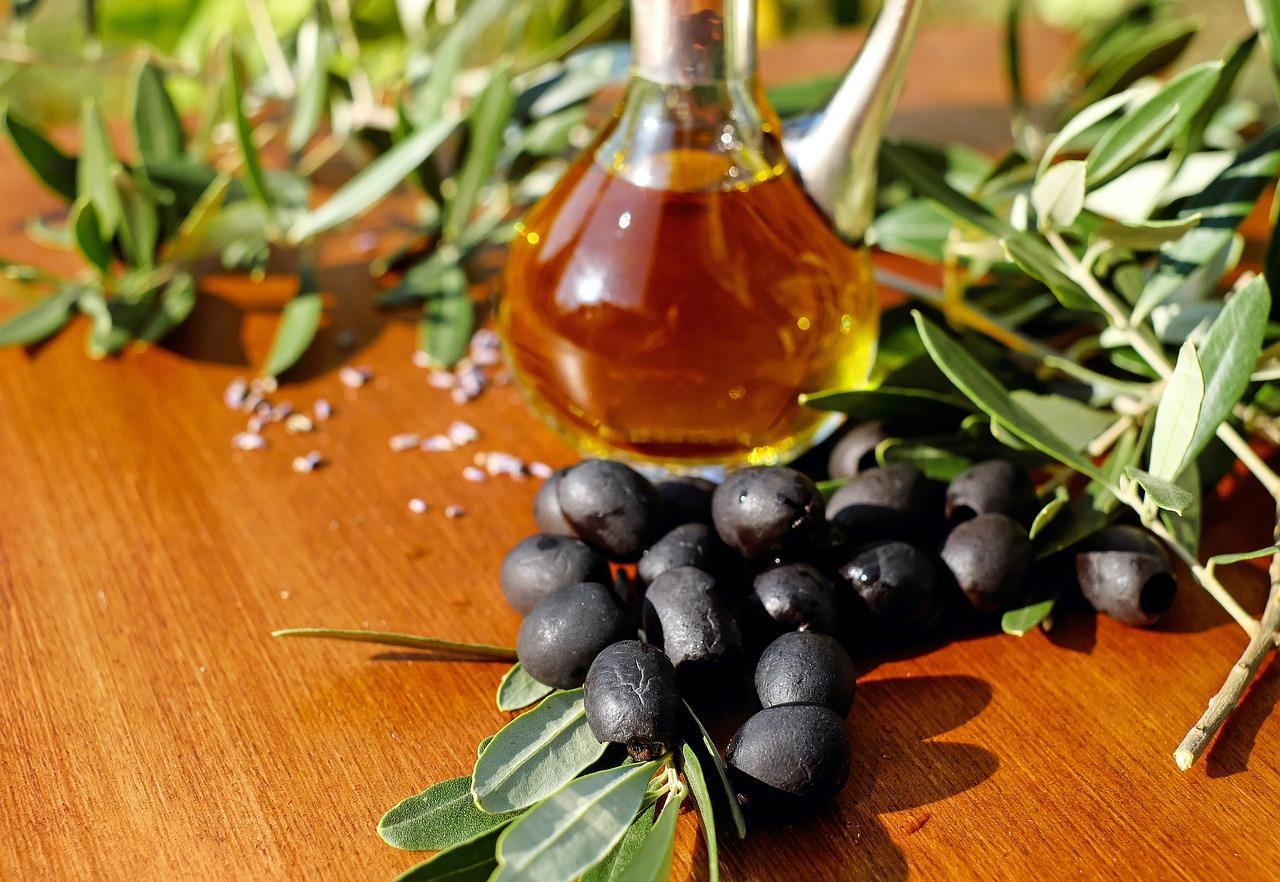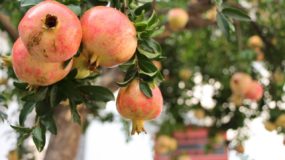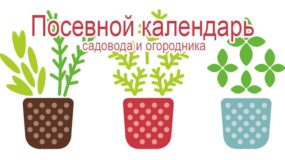Olives and olives grow on a tree called European olive. In the article, we will understand what the difference between olives and olives is, what is their benefit and harm to the body, we will tell where they grow and how they grow.
The name "olives" is used exclusively in Russia, in other countries they are called "olives."
Oliva is one of the most popular and beloved trees in its homeland. According to legend, it symbolizes the magical connection of the earth with heaven, so it has been revered since ancient times. In ancient Greece, the winners of the Olympic Games were awarded with olive wreaths. It was from Greece that olives and olives began to spread around the world. Gradually, olive trees conquered America and Africa, and the fruits were exported to all continents.
Today, a beautiful tree with leaves as if from silver personifies wisdom and nobility. The olive tree also occupies a special place in religion, being a symbol of rebirth. An olive branch was brought to Noah's ark by a dove, which signaled the end of the flood and the possibility of returning to land.
The fruits of the olive tree and the oil from them are also consumed. There are salting and oil varieties of olive, the percentage of oil in which reaches 80%.
What is the difference between olives and olives

Some gourmets believe that these are the fruits of different trees, others that their difference is due to a different degree of maturity. Both olives and olives grow on the same tree - European olive, and differ only in the degree of ripening.
Only green olives are suitable for preservation. Ripe black fruits are being processed. Oil is made from them. The black or green color of canned fruits is determined by the technology used in the production. Different manufacturers technological processing and stages of production as a whole do not differ, but between them there may be some subtleties.
Green fruits are manually picked from trees and placed in special baskets. To collect ripe fruits, small nets are placed under each tree. Berries showered in them, then they are divided by size. This step is called calibration. After that, to remove a specific bitter aftertaste, the olives are soaked in volumetric vats in a solution based on caustic soda.
The fruits that we buy in black are placed in special containers that receive oxygen, and the oxidation process is carried out. Olives are oxidized from seven to ten days, after which they turn black and soft, and acquire a familiar spicy taste.
In the technology of conservation of green olives, the oxidation stage is absent. After processing, the olives are canned in brine. Here, manufacturers can show imagination by adding spices and other ingredients to the brine, creating a signature taste.
Video info
Product storage takes place in large-volume plastic tanks, which are interconnected and placed underground. The capacity of one such barrel is about 10 tons. When the time comes for the following steps (seed removal, packing) olives are pumped out of the barrels using special pumps.
Benefits and harm to the body
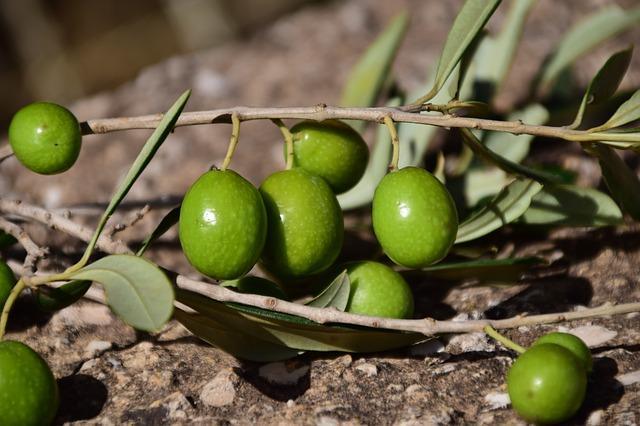
The diet of the inhabitants of the Mediterranean can not be imagined without olives and olive oil, which are considered the most useful. According to the legends of the Mediterranean peoples, the olive tree does not die, therefore those who love its fruits are characterized by excellent health and energy.
- The olives contain more than a hundred different substances. The properties of some of them have not yet been studied.
- Berries are a wonderful prophylactic against diseases of blood vessels, liver, stomach, heart.
- Even olive seeds are used in food, which are perfectly digested during digestion.
- Of particular benefit to the body is a set of three types of phenolic substances: lignans, simple phenols, and secoiridoids.
- Olives are a storehouse of beneficial substances such as oleocantal - an anti-inflammatory and analgesic.
The berries contain monounsaturated fats and vitamin E, which can lower cholesterol and protect blood vessels from atherosclerosis, squalene, which has a preventive effect on skin cancer, oleic acid, which prevents the development of breast cancer.
Where do olives and olives grow and how do they grow
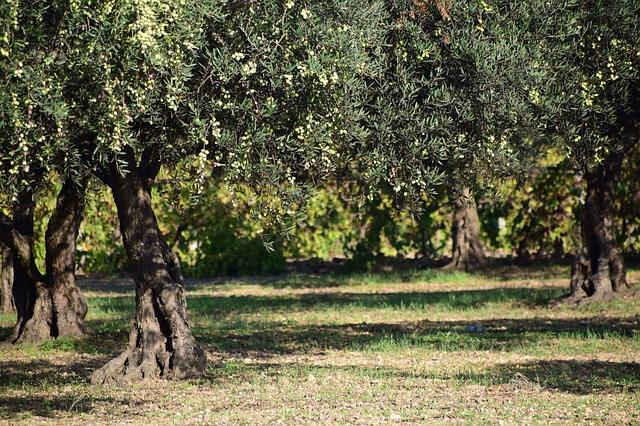
What is an olive tree so beloved by gourmets? The trunk of an olive tree can be significantly extended in breadth, while its height rarely reaches more than 1 meter. If you do not provide proper care for the tree, it will quickly turn into a bush and die due to a lack of light at the base.
Olive is a perennial plant that can reproduce and renew itself. The roots of the tree go 80 cm deep. An olive tree can survive in arid conditions, and can endure up to 10 ° of frost.
Today, European olive grows throughout the Mediterranean. It is so popular that it has spread to the countries of North and South America, Asia Minor, India, Australia, Northeast Africa and East Asia.
Spain is recognized as the leader in the supply of olives, where up to 80% of all table olives are supplied by the Andalusia region. The share of its supplies on the world market reaches 50%, so most of the olives and olives presented on Russian shelves were brought from Spain. In Russia, olives do not grow, but finding them in stores is not difficult.
Popular varieties
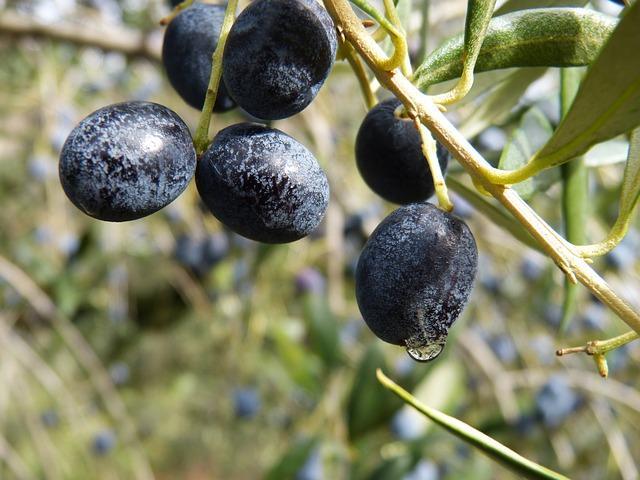
In total, there are more than 400 varieties of Greek olives. Usually the names of the olives are derived from the place in which they grow. Depending on the purpose of use, olives are divided into three groups:
- Canteens, eatable in general and intended for canning. Varieties of Halkidiki, Conservolia, Amphis, Kalamon (Kalamata), Frumbolia.
- Oilseeds used in oil production. This is a well-known variety of Koroneiki, etc.
- Combined or canned oil. These include Manaki.
Olives are an unusual product, they are tasty and healthy. Few plants compare with olives in terms of vitamins, trace elements, and fiber. Once you love their taste, you will forever remain their fan.

